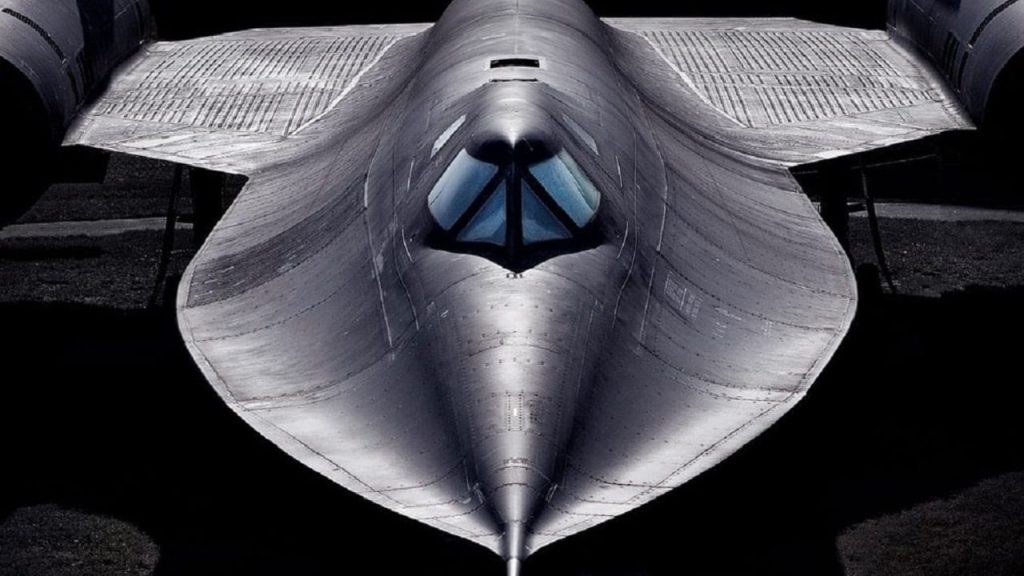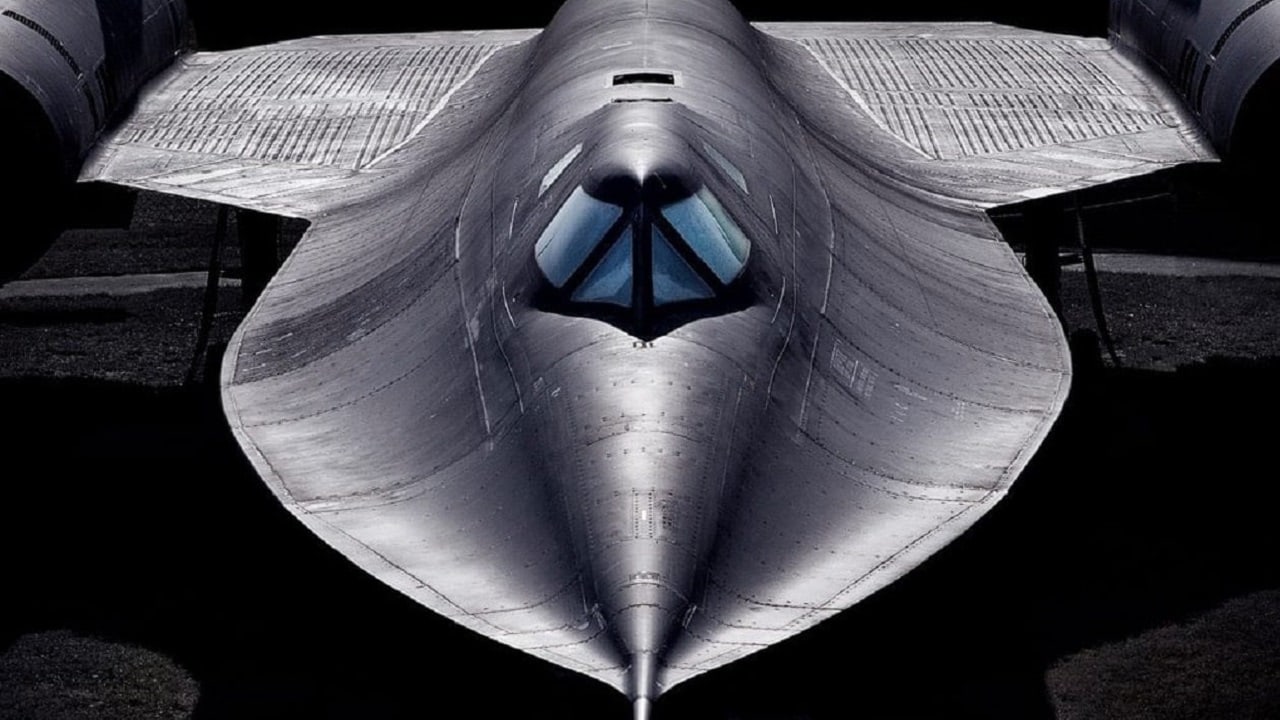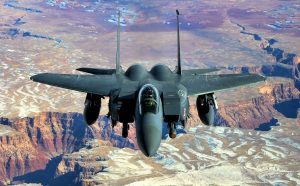There was hope that the SR-71 program might produce a new bomber type. Originally codenamed “Project B-71,” the aircraft would have been a multirole fighter, bomber, and reconnaissance platform based on the Lockheed A-12 Oxcart.

SR-71 Blackbird Spy Plane. Image Credit: Creative Commons.
“Never once was the SR-71 Blackbird damaged by enemy fire.” During its operational lifetime, it was able to avoid being hit by almost 4,000 SAMs.
After all this success, why didn’t the Americans have it drop a couple of bombs as it screamed through the sky? Making this change would have been very difficult, time-consuming, and possibly aerodynamically impossible. Still, let’s delve deeper into why the SR-71 Blackbird was never converted into a bomber.
The SR-71 program was thought to be developing a new type of bomber. Originally codenamed “B-71,” the project was intended to be a multirole aircraft similar to the Lockheed A-12 Oxcart in that it would be capable of fighting, bombing, and gathering intelligence. Air Force National Museum report states, “The fighter variant became the YF-12A, but the bomber version never materialized.”
The primary goal, denoted by the letter “SR,” was strategic reconnaissance. Both its speed (MACH 3.2) and altitude (85 000 feet) set new records. Nonetheless, the cost of flying was high, almost $200,000. During a congressional briefing in 1989, Air Force Chief of Staff General Larry D. Welch stated, “The Secretary of the Air Force calculated that the amount used to operate the SR-71 fleet could operate and sustain two tactical fighter wings.”
The hefty price tag was partly attributable to the frequent in-flight refuelings required for any mission’s extensive fuel requirements. Transporting bombs would have reduced the Blackbird’s fuel capacity, requiring the plane to make another costly aerial refueling stop.
How and where they would transport the bombs is unknown. A commercial and private pilot, Joe Shelton, researched this issue in depth for a Quora post.
Only a little room existed for internal ordnance in the SR-71’s fuselage. The majority of it was burned as energy. If attached under the wings, our Mach 3 airplane would be Mach 2 or slower. Depending on the circumstances, this could entail a significantly lower cruising altitude. Some fuel capacity would have had to be sacrificed to accommodate the weapons. Shelton said flying lower and slower would have left the plane vulnerable to attack from enemy fighters or anti-aircraft missiles.
How precise would an SR-71’s bombing run be? In the Blackbird’s early years, it would not have been able to fire a guided missile with pinpoint accuracy. At that altitude, even a “dumb” bomb would have had difficulty reaching its intended target.
However, the SR-71 was designed to carry a small number of explosives. Thus any attempts to hit targets would have required a much larger payload than the plane could handle. According to Shelton, transport must also transport the bombs inside the plane.
“Because the ammunition would have to be carried inside to sustain the supersonic cruising speed, there is some doubt about releasing the ordnance without first slowing the aircraft to open the bomb bay doors or effect a safe ordnance release,” Shelton wrote.
That’s why converting the SR-71 into a bomber was a bad idea. The maintenance costs of the bomber were higher. To keep going, it would have needed more fuel. When creating precision-guided munitions, they could have used the bombs effectively. Also, keeping up the high speed and altitude would have necessitated internal transport of the explosives. There will be no bombs for the SR-71.





